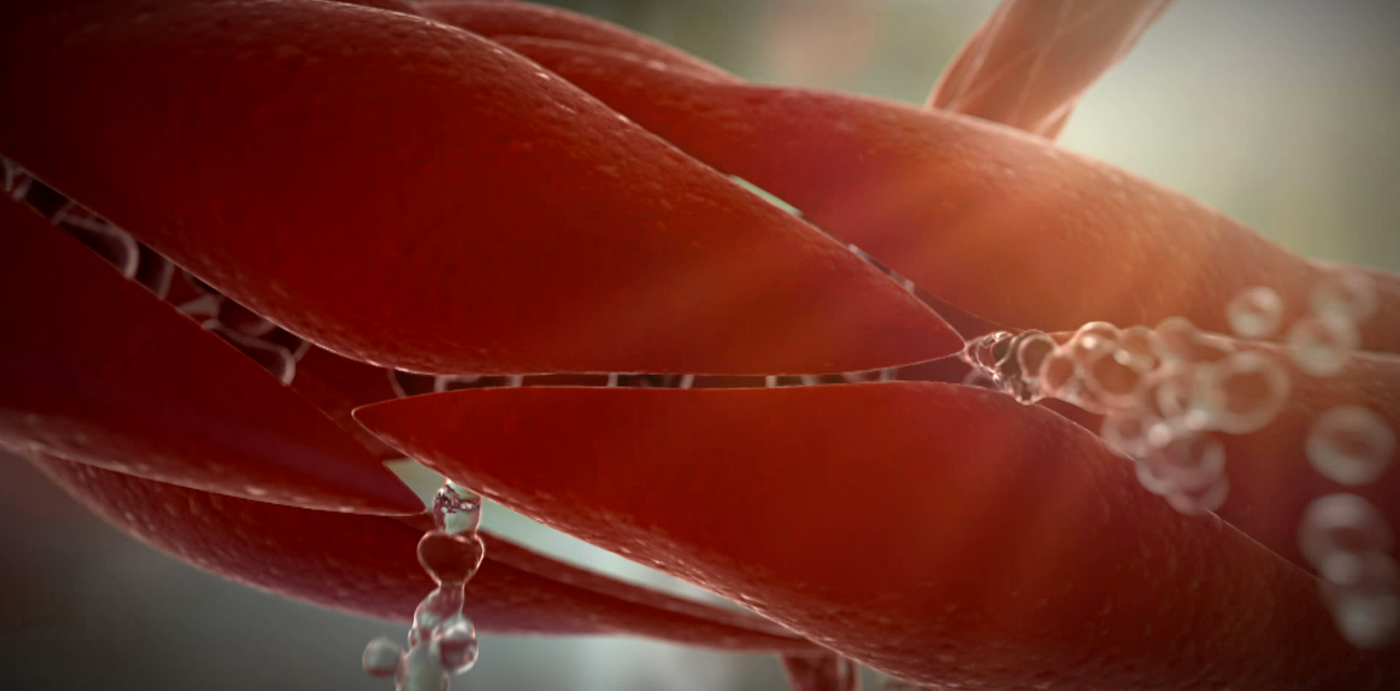Leaky blood vessels in the brain called cerebral microbleeds are associated with an increased risk of physical and cognitive disability in patients with multiple sclerosis (MS).
Image Credit: Random42
Cerebral microbleeds become more common with age and are a known risk factor for dementia. They’ve also been associated with traumatic brain injury, stroke, Alzheimer’s disease, and Parkinson’s disease.
The researchers decided to study cerebral microbleeds and MS because they saw significant overlap in the risk factors for each condition, says Robert Zivadinov, professor of neurology at the University at Buffalo.
The study included 445 patients with MS; 45 with clinically isolated syndrome, which is the first MS episode a patient experiences; 51 patients with other neurological diseases; and 177 healthy controls.
“We found that 20 percent of MS patients over the age of 50 have cerebral microbleeds compared to 7 percent of healthy controls,” says Ferdinand Schweser, assistant professor of neurology and senior author of the paper published in
Radiology.
Among subjects under the age of 50, 14 percent of patients with clinically isolated syndrome had microbleeds versus just 3 percent of healthy controls.
The more cerebral microbleeds a patient had, the more severe were their physical and cognitive outcomes. In particular, MS patients who had more cerebral microbleeds had more physical disability after adjusting for age, hypertension, and whole-brain volume.
“This is significant because it suggests that cerebral microbleeds are associated with increased physical disability in MS patients, independent from these additional risk factors for cerebral microbleeds,” says Zivadinov.
In terms of cognitive disability, the researchers found that in the subgroup of MS patients who underwent neuropsychological testing, those with more cerebral microbleeds had higher disability on verbal and other cognitive function tests.
“Those MS patients who have cerebral microbleeds are subject to developing more physical and cognitive disabilities earlier in their disease, and therefore monitoring them more closely might be appropriate,” Zivadinov notes.
Significant research is now being done on ways to combat cerebral microbleeds, Zivadinov adds, noting that currently, prevention of cardiovascular risk factors was seen as the best way to prevent their formation since there are no currently available target therapies.
Researchers from Wayne State University collaborated on the project, which was supported in part by the Buffalo Neuroimaging Analysis Center and the Jacquemin Family Foundation.
Source:
University at Buffalo
This article was originally published on
futurity.org.









